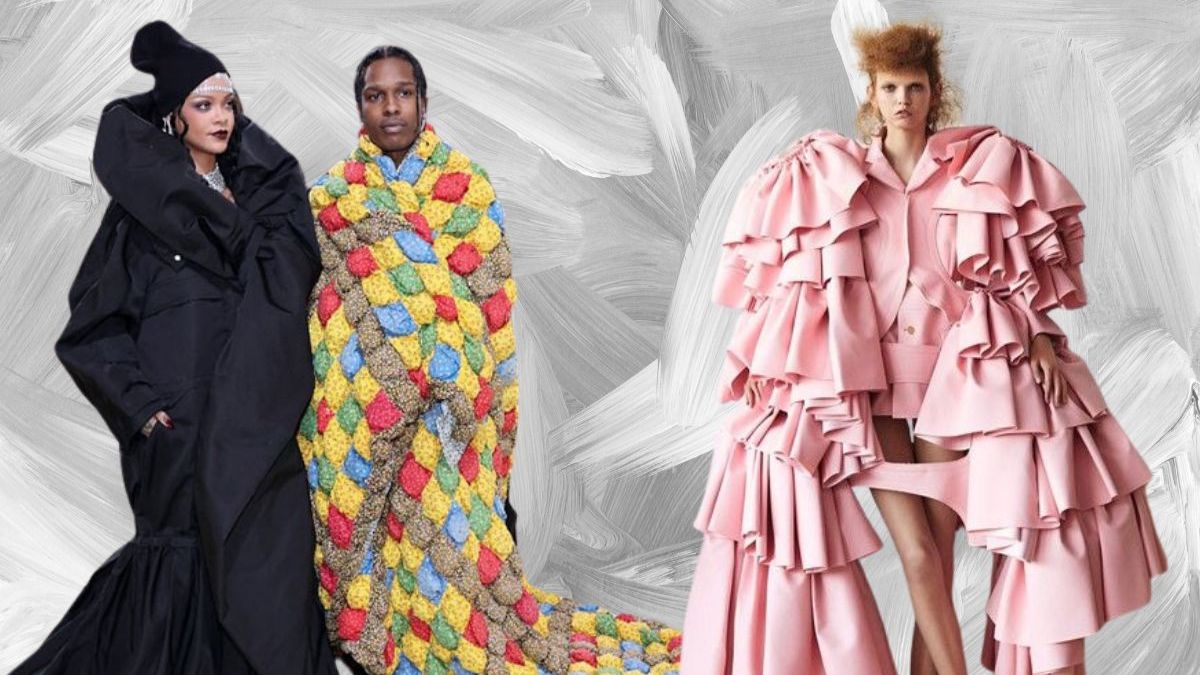Marketing in the fashion industry is an art form of its own. It’s about more than just selling clothes or accessories; it’s about connecting deeply with customers, telling compelling brand stories, and creating unforgettable experiences. Whether you’re a budding designer eager to launch your line or an established retailer looking to stay relevant, mastering fashion marketing strategies can set your brand apart.
This blog will uncover actionable tips and insights for successful fashion marketing. From leveraging social media to crafting unforgettable campaigns, you’ll discover what it takes to captivate your audience and drive sales.
Why Fashion Marketing Matters
Fashion marketing is the bridge between your products and the people who buy them. It’s how brands showcase their collections, forge emotional connections with customers, and ultimately grow their businesses. Considering that the global fashion industry is expected to reach $1.7 trillion by 2025, the competition is fierce. Effective marketing can be the difference between fading into the background and thriving in this competitive market.
Key Elements of Fashion Marketing
To create a winning marketing strategy, you need to focus on a few key areas that resonate with modern audiences. Below are the essential elements that form the backbone of any impactful fashion marketing plan.
1. Define Your Brand Identity
Your brand’s identity is your foundation. It defines who you are, what you stand for, and how your audience perceives you. Start by asking:
- What are your brand values?
- Who is your target audience?
- What sets your brand apart from competitors?
For example, luxury brands like Gucci exude exclusivity and superior craftsmanship, while brands like Patagonia emphasize sustainability and adventure. Design your marketing materials—from logo to packaging—to reflect your identity consistently.
Pro Tip: Use storytelling to humanize your brand. Share the inspiration behind your designs, the craftsmanship process, or your commitment to ethical practices.
2. Leverage Social Media Platforms
Social media is a lifeline for the fashion industry. Platforms like Instagram and TikTok are visually driven and allow brands to showcase their latest styles, influencers, and creative campaigns. Here’s how to stand out:
- Instagram: Perfect for aspirational visuals. Post high-quality photos, behind-the-scenes content, and user-generated posts. Leverage Instagram Stories and Reels to engage audiences further.
- TikTok: Ideal for reaching Gen Z. Experiment with trending sounds, hashtags, and challenges to amplify your reach.
- Pinterest: This platform is a treasure trove for fashion inspiration. Use it for mood boards, seasonal lookbooks, and style tips.
Pro Tip: Collaborate with fashion influencers. Research shows that 49% of consumers rely on influencer recommendations before making a purchase.
3. Invest in Content Marketing
Quality content sits at the heart of fashion marketing. Content marketing isn’t just about promoting your products; it’s about creating value for your audience. Here’s what you can do:
- Start a Blog: Write articles on topics like seasonal trends, styling guides, and fashion news.
- Create Video Content: Tutorials (e.g., “5 Ways to Style a White T-Shirt”) or behind-the-scenes videos (e.g., a glimpse into your design process) offer unique value to your customers.
- Email Newsletters: Share exclusive content, style tips, or sneak peeks of your upcoming collection.
Statistics to Note: According to Semrush, companies that use blogs see 97% more inbound links.
4. Build a Strong Omnichannel Experience
Gone are the days of single-channel marketing. Today’s consumers expect seamless experiences across multiple touchpoints:
- Online Store: Ensure your website is user-friendly, fast-loading, and optimized for mobile.
- Physical Locations: If you have retail stores, create immersive experiences that reflect your brand image.
- Social Commerce: Platforms like Instagram and Facebook now allow customers to shop directly from your posts.
Pro Tip: Use data analytics to understand your customer’s shopping behaviors across channels. This can help you create more personalized experiences.
5. Focus on Sustainability and Ethics
Today’s consumers care about more than just good looks; they care about good practices too. The demand for eco-conscious fashion is growing, and brands that prioritize sustainability can win over loyal customers. Consider these methods:
- Use sustainable materials like organic cotton or recycled fabrics.
- Be transparent about your manufacturing process.
- Support causes aligned with your brand’s ethics (e.g., donating proceeds to environmental initiatives).
Brands such as Everlene have leveraged transparency as a marketing tool, showing customers the true cost of every product, including labor costs and materials.
6. Host Creative Campaigns
Fashion thrives on innovation and creativity. Every campaign is an opportunity to build buzz around your brand. Take inspiration from iconic campaigns like Nike’s “Just Do It” or Levi’s “Circles” commercials. Key ideas for campaign success:
- Tap into emotions with relatable storytelling.
- Center your campaign around a theme relevant to your target audience.
- Use limited time offers or product drops to create urgency.
7. Use AI and Data to Elevate Your Strategy
Artificial intelligence is revolutionizing fashion marketing. Predictive analytics, personalized product recommendations, and virtual styling assistants are just a few ways AI is shaping the industry. Why is this important? AI allows brands to:
- Identify future trends before they hit the mainstream.
- Anticipate customer preferences for personalized marketing.
- Improve inventory management and reduce waste.
For example, brands like ASOS use AI for personalized shopping experiences, while H&M employs AI to map customer buying habits globally.
Challenges in Fashion Marketing (and How to Overcome Them)
Like any industry, fashion marketing comes with its challenges. Here’s how to tackle them head-on:
- Overcrowded Market: Focus on niche marketing. Instead of trying to appeal to everyone, speak directly to your most loyal customers.
- Rising Costs of Ads: Experiment with organic reach through strategies such as storytelling and user-generated content.
- Changing Trends: Stay updated by regularly analyzing competitors, consumer behavior, and global markets. Invest in tools that track trend data.
Final Thoughts: Turn Inspiration into Action
Mastering fashion marketing is all about staying true to your brand identity while being innovative and adaptive. Bold creative campaigns, modern tools like AI, and a genuine connection with your audience will make your brand not just visible, but unforgettable.
Whether you’re launching a new collection or rebranding an established one, these strategies can help your brand thrive in a competitive market. Start small, stay authentic, and evolve with your audience.
Looking for more industry insights to take your marketing strategies to the next level? Don’t forget to subscribe to our newsletter for exclusive tips, trend forecasts, and more.
FAQs
Q: How can I make my brand stand out in a crowded market?
A: To make your brand stand out, focus on authenticity, storytelling, and building a genuine connection with your audience. Leverage data-driven insights, creative campaigns, and unique value propositions to differentiate yourself from competitors.
Q: What is the most effective way to engage my audience on social media?
A: Consistency is key. Post regularly, use visually appealing and relatable content, interact with your audience through comments and messages, and stay updated on trending topics to stay relevant.
Q: Are newsletters still effective for marketing?
A: Absolutely! Newsletters are a great way to provide exclusive content, foster loyalty, and build a deeper connection with your audience. Ensure that the content is value-driven and tailored to your subscribers.
Q: How often should I refresh my brand’s image?
A: While there’s no fixed timeline, it’s essential to evaluate your brand periodically. Pay attention to market trends, customer feedback, and your business goals to determine when an update or rebranding is necessary.











